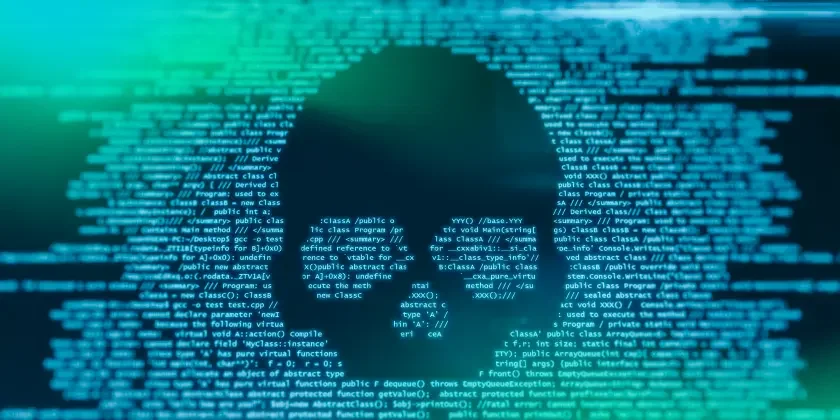What is CVE-2023-21554 vulnerability?
CVE-2023-21554 is a critical Remote Code Execution (RCE) vulnerability affecting Microsoft Message Queuing (MSMQ) services. This flaw enables attackers to execute arbitrary code on a target system, potentially gaining full control. It is tracked under the CVE-2023-21554 designation and poses significant risks to organizations relying on MSMQ for communication services. Exploitation can lead to system compromise and data breaches.
When was it discovered?
CVE-2023-21554 was disclosed in April 2023 by security researchers from the Horizon3.ai team. Following rigorous testing, it was publicly detailed to raise awareness. Microsoft issued necessary patches during their April 2023 Patch Tuesday, emphasizing its critical severity.
CVE-2023-21554 technical description
The vulnerability stems from improper validation of user-provided data within the MSMQ service. Attackers can craft malicious packets containing payloads that exploit buffer overflows or memory corruption, enabling unauthorized RCE. These crafted packets, delivered via port 1801/TCP, expose systems connected to vulnerable MSMQ instances. The flaw’s root cause lies in insufficient bounds-checking before processing network communication.
Tactics, Techniques, and Procedures (TTPs)
Attackers leverage port scanning to identify exposed MSMQ services on port 1801. Malicious payloads accompanying network requests trigger the execution of arbitrary code, often installing backdoors or deploying ransomware. This vulnerability is exploitable with minimal authentication, making it highly attractive for wide-scale attacks.
Indicators of Compromise (IoCs)
Key IoCs include unusual connections on port 1801/TCP, payload-laden packets targeting MSMQ services, unexpected MSMQ service crashes, and unauthorized binary executions linked to MSMQ directories. Monitoring for these artifacts can aid detection.
Known proof-of-concepts & exploits
Proof-of-concept (PoC) tools demonstrating the exploit have been posted on GitHub, enabling attackers to replicate malicious activity. Reports of active campaigns indicate targeted exploitation of unpatched systems, reinforcing the urgency of applying mitigations.
How to detect CVE-2023-21554 vulnerability
Host-based detection can involve monitoring for irregular MSMQ processes and inspecting logs for payload-related anomalies. Security Information and Event Management (SIEM) solutions, combined with custom detection rules targeting port 1801 activity, enhance visibility. Leverage vulnerability scanners to identify exposed assets.
Impact & risk of CVE-2023-21554 vulnerability
This vulnerability risks compromise of data confidentiality, integrity, and availability. Control over the MSMQ service can escalate to full system takeovers, leading to data exfiltration, operational downtime, and sensitive information breaches. Unpatched systems face elevated exploitability threats from opportunistic ransomware operators.
Mitigation & remediation strategies
To address CVE-2023-21554, apply Microsoft’s security patch KB5025229 immediately. Disabling MSMQ on unused systems minimizes exposure. Administrators should restrict traffic to port 1801 via firewalls and deploy threat monitoring for added defense until patches are applied.
CVE-2023-21554 Vulnerability FAQs




Protect What Matters








